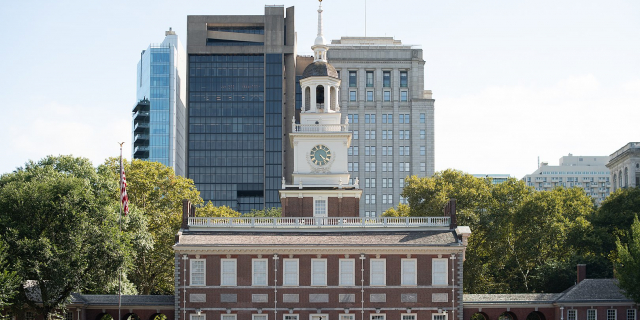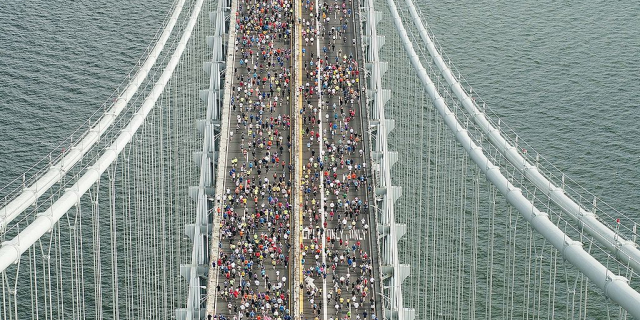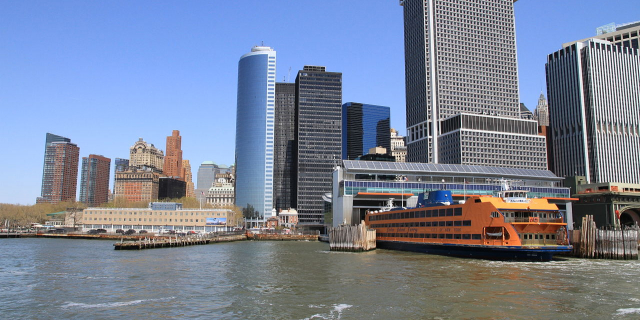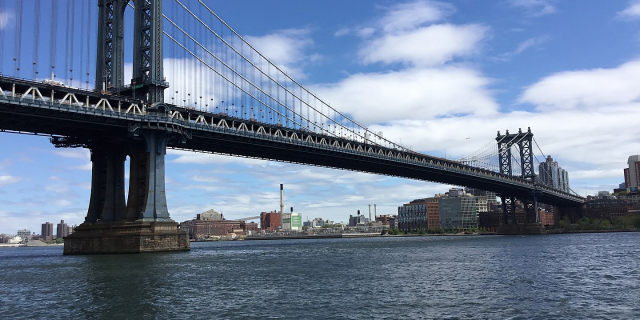Penn Museum, formerly known as The University of Pennsylvania Museum of Archaeology and Anthropology, is an archaeology and anthropology museum at the University of Pennsylvania. It is located on Penn's campus in the University City neighborhood of Philadelphia, at the intersection of 33rd and South Streets. It also is close enough for Drexel University students to walk or take SEPTA transportation services. Housing over 1.3 million artifacts, the museum features one of the most comprehensive collections of Middle and Near-Eastern art in the world.
The University of Pennsylvania Museum of Archaeology and Anthropology was founded in 1887 following a successful archaeological expedition to the ancient site of Nippur in modern-day Iraq (then part of the Ottoman Empire). Provost William Pepper persuaded the trustees of the University of Pennsylvania to erect a fireproof building to house artifacts from the excavation.[1] During the late 19th and early 20th centuries, North American and European museums regularly sponsored such excavations throughout the Mediterranean and Near East, sharing the ownership of their discoveries with the host country. Penn Museum followed this practice in acquiring the vast majority of its collections, and, as a result, most of the museum's objects have a known archaeological context, increasing their value for archaeological and anthropological research and presentation. Since its beginning, the Penn Museum's scientists have conducted more than 300 archaeological and anthropological expeditions around the world.
Today the museum's three floors of gallery space feature materials from the ancient Mediterranean World, Egypt, the Near East, Mesopotamia, East Asia, and Mesoamerica, as well as artifacts from the indigenous peoples of Africa and Native America. Since 1958, the Penn Museum has published Expedition magazine. (ISSN 0014-4738)[2] The excavations and collections of the museum provide resources for student research and the museum hosts the Graduate Group in the Art and Archaeology of the Mediterranean World.
2009 restructuringOn November 19, 2008, the Penn Museum's administration terminated eighteen Research Specialist positions in archaeological and anthropological research in the Mediterranean world, the Middle East, and Americas sections, effective May 31, 2009.[3] The scientific research center MASCA (Museum Applied Science Center for Archaeology) was also closed, although the MASCA scientists moved to other Sections within the museum. The decision elicited local and world-wide criticism among concerned scholars, who felt that it departed from the Penn Museum's historic mission as a research institution. Museum administrators attributed this measure to the 2008 financial crisis and the deep budget cuts that had resulted at the University of Pennsylvania. The museum's director at the time, Dr. Richard Hodges later offered positions as "Associate Curators" or "Research Project Managers" to eleven of the eighteen individuals affected. The museum affirmed its commitment to research, citing more than fifty active research projects spanning five continents that were engaging nearly 200 Museum-affiliated scholars—more than at any other archaeological and anthropological institute or museum in North America could claim at the time.
Museum building The Stoner Courtyard at the Penn Museum
The Stoner Courtyard at the Penn MuseumThe museum is housed in an Arts and Crafts and Eclectic style building that is one of the landmarks of the University of Pennsylvania campus. The existing original building (onto which have been grafted several later additions) is actually only approximately one-third of an ambitious design that would have created one of the largest museum buildings in the United States. Features of the extant building include a dramatic rotunda, multiple courtyards and gardens, a fountain, reflecting pool, glass mosaics, iron gates, and stone statuary. The Penn Museum was designed by a team of Philadelphia architects, all of whom taught on the faculty of the university: Wilson Eyre, Cope & Stewardson and Frank Miles Day. The first phase was completed in 1899 and housed the discoveries from an expedition sponsored by the university to the ancient site of Nippur. The rotunda, which houses the Harrison Auditorium, was completed in 1915. Charles Klauder designed the Coxe Memorial Wing, which opened in 1926 to house the museum's Egyptian collection. The Sharpe Wing was completed in 1929.[4]
The Coxe Memorial Egyptian Wing was added to the museum in 1924 through a bequest by former museum board president Eckley Coxe. The administrative wing was added in 1929. The Academic Wing, which provided laboratories for the Anthropology department and classrooms was opened in 1971. The most recent major addition was made in 2002, with the addition of the Mainwaring (Collections Storage) Wing.

































Add new comment